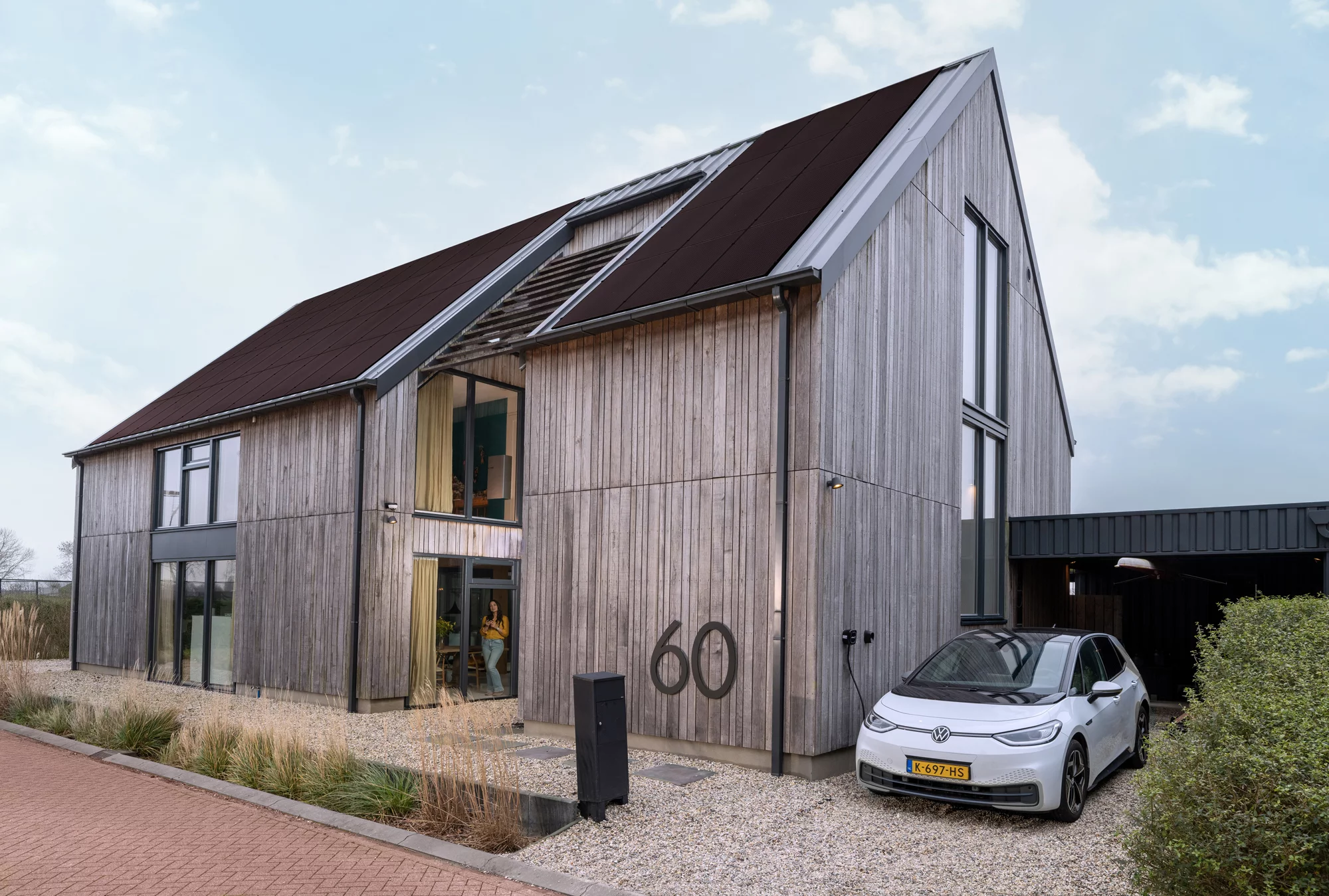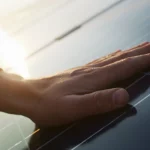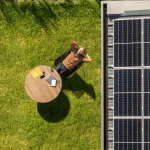What is the best orientation of solar panels?
The incidence angle of sunlight on solar panels
The installation and orientation of solar panels, along with the type of solar panel, determines their yield. As you probably know, your solar panels generate the highest output when the sun falls perpendicular to the surface. By making sure your solar panels are installed at the correct angle and direction, your system will produce the maximum amount of solar energy. How do your solar panels generate the most solar energy? By exposing your solar panels to the highest intensity of sunlight most of the time. What orientation of the solar panels provides the highest intensity and production of solar energy?

Optimal orientation of solar panels
The best orientation of solar panels is the southern direction. This is explained by the angle of rotation of the sun. The sun rises in the east and turns through the south toward the west, where it sets again. At the highest point of the day, the sun faces south, and therefore your solar panels will experience the highest intensity of the sun. Soly provides a simple summary of the optimal orientation of solar panels for each type of use:
✓ Maximum solar yield: South
✓ To combine with a battery / reduce grid dependence: South (future)
✓ Minimise negative effect peak time use of power: South & South-West
Late afternoon and early evening, the sun is turned southwest and considered peak moments for power demand. During these peak times, the dynamic price for power from the power grid can be higher. Thanks to solar panels in the South and Southwest direction, you’re still generating solar power then.
The orientation of solar panels
Southern orientation is the most ideal for yield when it comes to solar panels in the northern hemisphere. Households with the southern orientation of solar panels generate proportionally the most solar energy, save the most money on their energy bills and thus benefit from the shortest payback period. Because one consumes comparatively little power in the afternoon, a large part of the generated solar energy – especially during the summer – can be fed back to the grid. That means a win-win for you as an end user.
Other factors for installing solar panels
The orientation of solar panels is important, but not exclusive in generating as much solar energy as possible. The optimal conditions for solar panels also relate to the slope angle of the roof or solar panels, the number of sunlight hours and the choice of the type of circuit (serial or parallel). It means that the ideal situation for solar panels on the roof is:
✓ Inclination between 35 and 45 degrees angle
✓ South (or southwest) orientation.
✓ Shade-free; maximum irradiance
The variables above factor into the final yield output of the solar panels. This gives you a good indication of your roof’s potential for solar panels.
Difference between flat or pitched roof for solar panels
If you want to install solar panels on the roof, then the type of roof is important. Do you have a house with a pitched roof? Then you are bound by the solar mounting system specific to such a roof, and have no control over the direction the solar panels will be facing. Suppose you have a west or east-facing roof, is your roof still suitable? It certainly is. The solar panels still provide a high efficiency and help you save on energy. However, this does have consequences for the payback period of the solar panels.
If you don’t have a pitched roof, but a flat roof, this is often actually more likely to have potential for solar panels. It is easier to install solar panels on a flat roof, and you can control what direction the solar panels are facing, maximizing the benefit of every ray of sunlight.
Knowledge base



